The aim of Tier 1 of the Farm Business Improvement Scheme (FBIS) is to support and improve farm sustainability.
Grant aid is available on a number of items which have already been pre-approved by DAERA. Funding is set at 40% of the total spend, with a minimum spend of £5,000 and a maximum spend of £30,000. Therefore, the minimum grant that can be applied for is £2,000 and the maximum claim is £12,000.
To be eligible for grant aid, the following criteria must be met before the closing date for applications on 16 December. These include:
Application from a registered farm business: the business must possess a valid category 1 farm business identification number. The person who makes the application to Tier 1 must be named in the business, but does not have to be the head of holding. Extra selection criteria points are available for applicants aged 40 years or less on 28 October 2016.Completion of farm safety training and assessment: all applicants are required to complete a farm safety assessment which can be completed online.Submit a relevant farm business plan: the purpose of the plan is to demonstrate the need for investment and the resulting benefits. The plan is included in the application form.Evidence of funds: All applicants must submit a completed Indication of Support Letter from a bank or other lending institution, which highlights that they are able to pay for the item in full.Itemised project costs: applicants must provide an inventory of the items for which they are seeking grant aid. These items must be on the approved list issued by DAERA.Applicants can submit an application by completing a hard paper copy, but with an additional 11 marks available, the aim should be to complete the form online. Electronic applications can be accessed at www.eugrants.org. Only one application per business is permitted. If two or more applications for Tier 1 are submitted using the same business ID, neither application using this number will be accepted.
However, should an applicant wish to alter their application, they may do so provided they notify Countryside Services (in writing) that they wish to withdraw their original application.
An amended application can then be re-submitted provided it is before the closing date of 16 December. Applicants are advised not to purchase any items on their application until they receive confirmation that their application has been approved. Items bought before a letter of offer has been issued will be ineligible for grant aid.
List of eligible items
Only new items will be eligible for grant funding. Secondhand equipment is ineligible. A list of eligible items can be accessed on www.daera-ni.gov.uk.
Each item listed has a reference price. This price guide is based on the average of a number of quotes gathered in the last few months. This price guide is to indicate to applicants the upper price level that will be funded for a specific item under the FBIS.
For example, a new 2,000-gallon slurry tanker farmer fitted with a trailing shoe is listed with a reference price of £23,330, giving a maximum grant of £9,330. If a farmer purchases such an item for £25,000, then the additional cost falls to them.
Items on the eligible list are divided into four sections aimed at:
Improving the environment by using machinery that applies soil nutrients or chemical sprays with greater precision. Key items include slurry spreading equipment, crop sprayers and fertiliser sprayers.Improving animal husbandry and plant health and includes items such as animal bedding, feed storage and fencing.Improving operator safety and includes several items that can be used to improve the handling and movement of animals.Improving production efficiency and includes items targeted at precision feeding and crop storage and handling.Scoring of Tier 1 applications
As with the farm modernisation grants, applications submitted will be individually scored. Items are classed in one of three bands depending on how closely the item aligns with the main themes under Tier 1. Band one items are worth 40 points; band two, 34 points; and band three, 28 points.
However, if you chose to apply for grant funding for a number of items, the actual points awarded to your application are based on the lowest-scoring item. For example, if applying for funding on a band one item and band three item you will only be awarded 28 points to reflect the band three item. However, if you just apply for a band one item, you will receive the maximum of 40 points available.
Value for money
(maximum of 39 points)
For farmers who are applying for grant aid and can source items for less than the listed reference price, they will avail of additional scoring points. A maximum of 39 points are available for applicants who are able to source items up to 20% below the reference price. Points will be awarded on a pro-rata basis for applicants who can purchase equipment for 1% to 19% less than the reference price guide. Where no discount on the reference price is available on items, applicants will score zero points in this section.
Online application
(maximum of 11 points)
This could make the difference in getting grant approval or not. To be awarded the marks, applications must be submitted via www.eugrants.org with an uploaded Making it Safer certificate and an Indication of Support Letter from a bank or lending institution.
Age of applicant
(maximum of five points)
Applicants under the age of 40 will be eligible for an additional five points. Young farmers applying for grant aid must be named in the business.
Educational qualifications
(maximum of five marks)
An additional five points will be awarded to applicants with a level two, or higher, qualification in agriculture or horticulture. Successful applicants will have to produce evidence of this qualification.
In the event that applicants are tied based on the scoring system, priority will be given to applicants with the highest scoring on the item band scoring, followed by value for money and then online applications.
Should applicants still be tied, priority will be given to applicants with the most band one items listed in section one of the itemised list (environment, weather resistance and climate change).
Successful
applicants
in Tier 1.
If successful, applicants will be notified in writing with an official letter of offer. Currently, the aim is to have these letters of offer going out in the spring of 2017, with applicants given 28 days to accept, and up to four months to make their purchases and submit their claims.
If the actual items purchased are less than the quoted price on the initial application, grant aid is paid on the purchase price. The unused grant aid cannot be transferred to any other item. All approved items must be paid for in full, installed on the farm and be operational before any grant aid can be claimed. Items must also be insured against damage or theft for five years. Any new grant-aided equipment must be retained and used for a minimum of five years and all documented receipts must be kept for auditing purposes until 2030.
Only one claim can be submitted under this tranche, so an applicant must purchase and take receipt of all items before submitting a claim. Grant aid is only payable after all equipment has been paid for and operational on farm.
Payments cannot be made in instalments, so be mindful of the effect of purchasing new equipment on cashflow for your farm business. Claims must be supported with itemised receipts and payment methods that can be properly traced for auditing purposes, eg cheque or credit card payments. VAT is not eligible for grant aid, unless your farm business is not VAT registered. In this instance, you will have to provide a signed declaration confirming the business is not registered for VAT.
Read more
Special focus: planning for TAMS II and FBIS grants
The aim of Tier 1 of the Farm Business Improvement Scheme (FBIS) is to support and improve farm sustainability.
Grant aid is available on a number of items which have already been pre-approved by DAERA. Funding is set at 40% of the total spend, with a minimum spend of £5,000 and a maximum spend of £30,000. Therefore, the minimum grant that can be applied for is £2,000 and the maximum claim is £12,000.
To be eligible for grant aid, the following criteria must be met before the closing date for applications on 16 December. These include:
Application from a registered farm business: the business must possess a valid category 1 farm business identification number. The person who makes the application to Tier 1 must be named in the business, but does not have to be the head of holding. Extra selection criteria points are available for applicants aged 40 years or less on 28 October 2016.Completion of farm safety training and assessment: all applicants are required to complete a farm safety assessment which can be completed online.Submit a relevant farm business plan: the purpose of the plan is to demonstrate the need for investment and the resulting benefits. The plan is included in the application form.Evidence of funds: All applicants must submit a completed Indication of Support Letter from a bank or other lending institution, which highlights that they are able to pay for the item in full.Itemised project costs: applicants must provide an inventory of the items for which they are seeking grant aid. These items must be on the approved list issued by DAERA.Applicants can submit an application by completing a hard paper copy, but with an additional 11 marks available, the aim should be to complete the form online. Electronic applications can be accessed at www.eugrants.org. Only one application per business is permitted. If two or more applications for Tier 1 are submitted using the same business ID, neither application using this number will be accepted.
However, should an applicant wish to alter their application, they may do so provided they notify Countryside Services (in writing) that they wish to withdraw their original application.
An amended application can then be re-submitted provided it is before the closing date of 16 December. Applicants are advised not to purchase any items on their application until they receive confirmation that their application has been approved. Items bought before a letter of offer has been issued will be ineligible for grant aid.
List of eligible items
Only new items will be eligible for grant funding. Secondhand equipment is ineligible. A list of eligible items can be accessed on www.daera-ni.gov.uk.
Each item listed has a reference price. This price guide is based on the average of a number of quotes gathered in the last few months. This price guide is to indicate to applicants the upper price level that will be funded for a specific item under the FBIS.
For example, a new 2,000-gallon slurry tanker farmer fitted with a trailing shoe is listed with a reference price of £23,330, giving a maximum grant of £9,330. If a farmer purchases such an item for £25,000, then the additional cost falls to them.
Items on the eligible list are divided into four sections aimed at:
Improving the environment by using machinery that applies soil nutrients or chemical sprays with greater precision. Key items include slurry spreading equipment, crop sprayers and fertiliser sprayers.Improving animal husbandry and plant health and includes items such as animal bedding, feed storage and fencing.Improving operator safety and includes several items that can be used to improve the handling and movement of animals.Improving production efficiency and includes items targeted at precision feeding and crop storage and handling.Scoring of Tier 1 applications
As with the farm modernisation grants, applications submitted will be individually scored. Items are classed in one of three bands depending on how closely the item aligns with the main themes under Tier 1. Band one items are worth 40 points; band two, 34 points; and band three, 28 points.
However, if you chose to apply for grant funding for a number of items, the actual points awarded to your application are based on the lowest-scoring item. For example, if applying for funding on a band one item and band three item you will only be awarded 28 points to reflect the band three item. However, if you just apply for a band one item, you will receive the maximum of 40 points available.
Value for money
(maximum of 39 points)
For farmers who are applying for grant aid and can source items for less than the listed reference price, they will avail of additional scoring points. A maximum of 39 points are available for applicants who are able to source items up to 20% below the reference price. Points will be awarded on a pro-rata basis for applicants who can purchase equipment for 1% to 19% less than the reference price guide. Where no discount on the reference price is available on items, applicants will score zero points in this section.
Online application
(maximum of 11 points)
This could make the difference in getting grant approval or not. To be awarded the marks, applications must be submitted via www.eugrants.org with an uploaded Making it Safer certificate and an Indication of Support Letter from a bank or lending institution.
Age of applicant
(maximum of five points)
Applicants under the age of 40 will be eligible for an additional five points. Young farmers applying for grant aid must be named in the business.
Educational qualifications
(maximum of five marks)
An additional five points will be awarded to applicants with a level two, or higher, qualification in agriculture or horticulture. Successful applicants will have to produce evidence of this qualification.
In the event that applicants are tied based on the scoring system, priority will be given to applicants with the highest scoring on the item band scoring, followed by value for money and then online applications.
Should applicants still be tied, priority will be given to applicants with the most band one items listed in section one of the itemised list (environment, weather resistance and climate change).
Successful
applicants
in Tier 1.
If successful, applicants will be notified in writing with an official letter of offer. Currently, the aim is to have these letters of offer going out in the spring of 2017, with applicants given 28 days to accept, and up to four months to make their purchases and submit their claims.
If the actual items purchased are less than the quoted price on the initial application, grant aid is paid on the purchase price. The unused grant aid cannot be transferred to any other item. All approved items must be paid for in full, installed on the farm and be operational before any grant aid can be claimed. Items must also be insured against damage or theft for five years. Any new grant-aided equipment must be retained and used for a minimum of five years and all documented receipts must be kept for auditing purposes until 2030.
Only one claim can be submitted under this tranche, so an applicant must purchase and take receipt of all items before submitting a claim. Grant aid is only payable after all equipment has been paid for and operational on farm.
Payments cannot be made in instalments, so be mindful of the effect of purchasing new equipment on cashflow for your farm business. Claims must be supported with itemised receipts and payment methods that can be properly traced for auditing purposes, eg cheque or credit card payments. VAT is not eligible for grant aid, unless your farm business is not VAT registered. In this instance, you will have to provide a signed declaration confirming the business is not registered for VAT.
Read more
Special focus: planning for TAMS II and FBIS grants




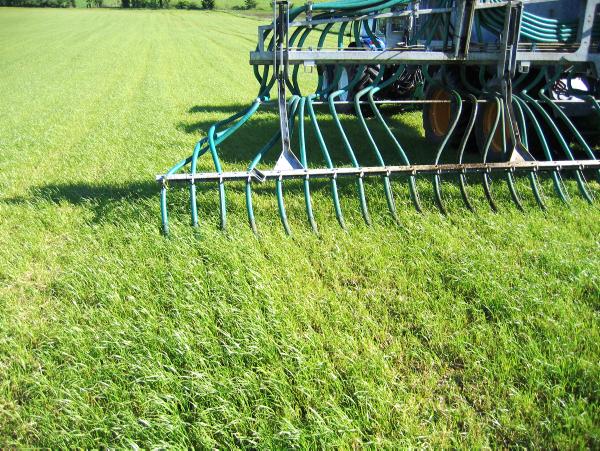
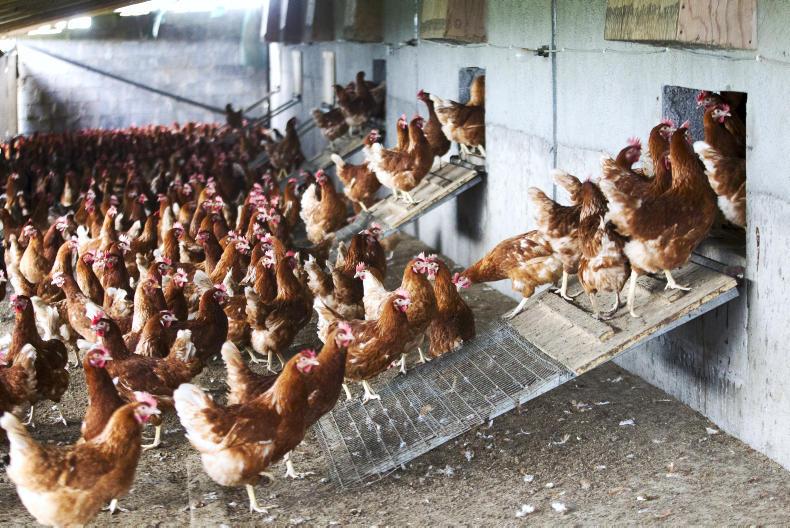

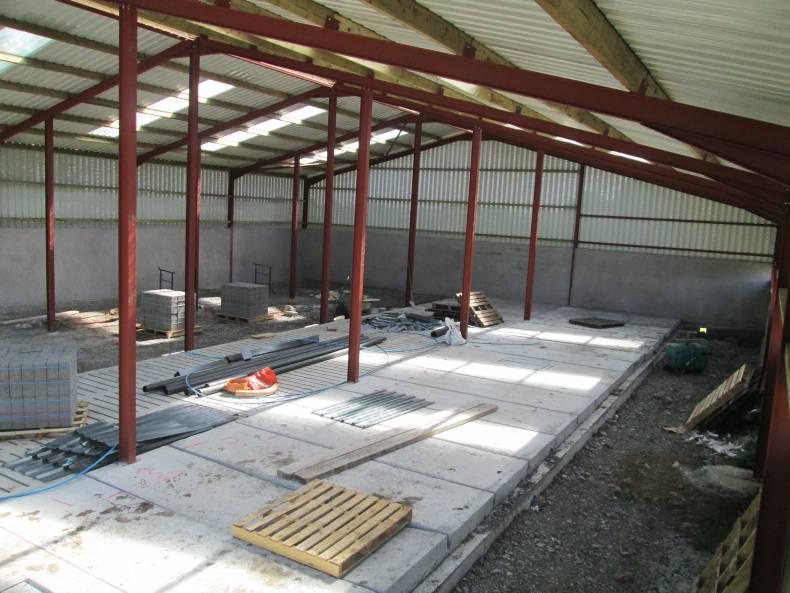
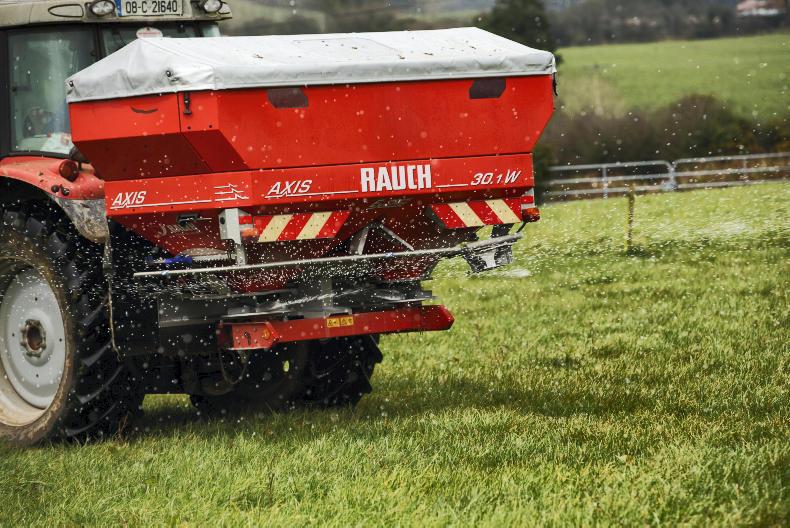
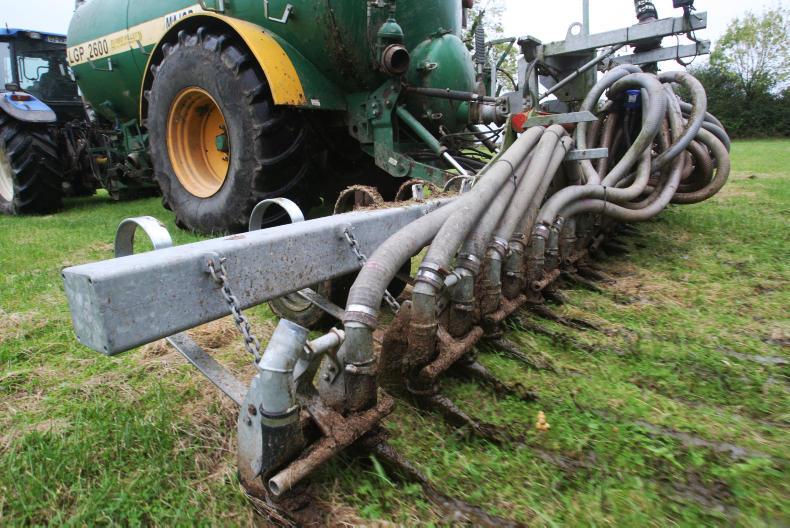
SHARING OPTIONS